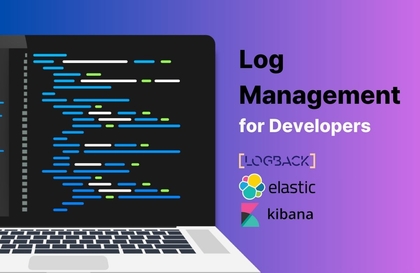
Log Management Required for Developers
foo
From log recording to collection and utilization, it covers the whole cycle.
Basic
Elasticsearch, logback, Logstash
We'll show you a quick and easy way to implement CircuitBreaker to create a fault-tolerant service.
482 learners
Level Intermediate
Course period Unlimited
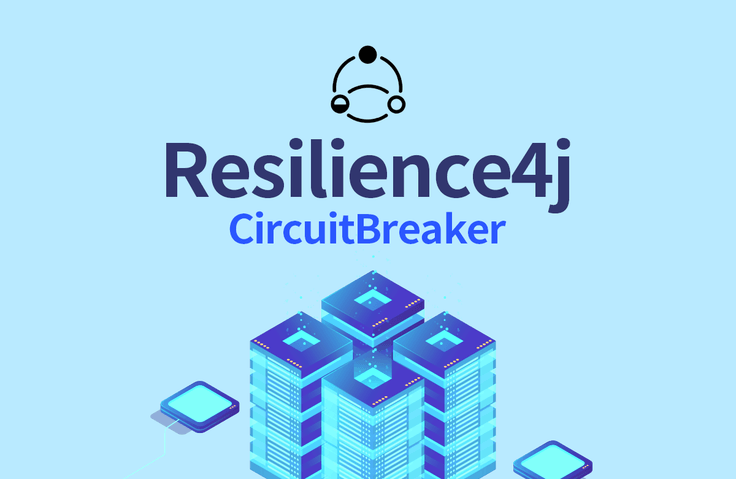
CircuitBreaker concept for creating fault-free services
Rapidly deploy CircuitBreaker with Resilience4j
Creating a stable service even with disabilities!
Circuit Breaker A to Z: Easy to Learn 💡
CircuitBreaker: Creating a Stable Service
How do IT service companies operate their services so reliably that even outages are imperceptible? Learn how to quickly and easily implement circuit breakers in your projects using Resilience4j.


Anyone who is thinking about how to configure the entire service so that it is not affected when traffic is concentrated on a specific server.

I have configured my service with MSA (Micro-Service Architecture) and I want to resolve the situation where the entire service crashes due to a failure in just one service.

I have a general idea of what a circuit breaker is, but I don't know where to start.
This course will teach you the concept of circuit breakers, a fundamental skill for building fault-tolerant services. Have you ever wondered, "Our servers, where traffic is concentrated, often become extremely slow. How can we configure them to prevent this from affecting the entire service?"
Implementing circuit breakers in your service can easily solve these problems. We'll explain how to effectively control traffic and maintain service stability by implementing circuit breakers in services with high traffic loads!
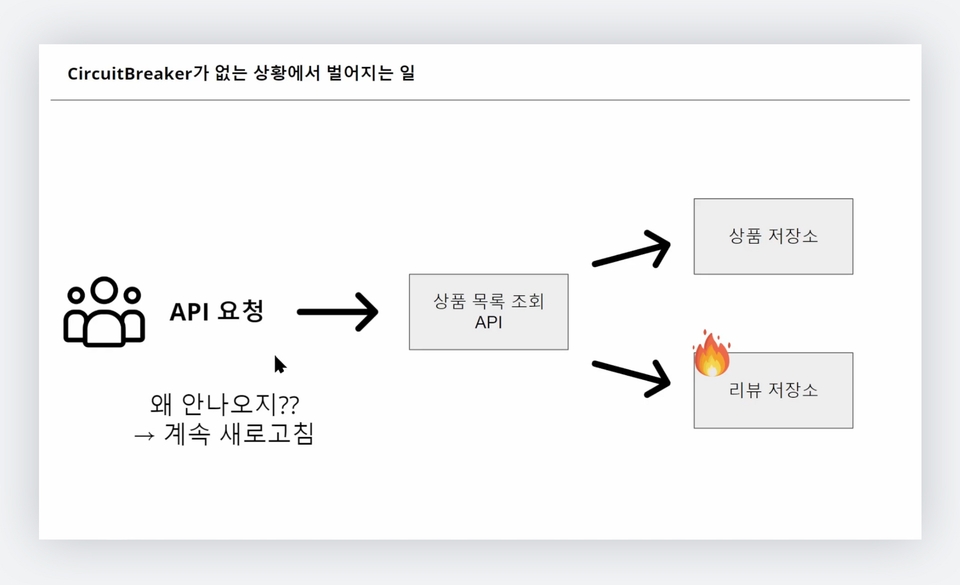
For those who are hearing about circuit breakers for the first time, the state change process of circuit breakers can seem complicated, so we have explained it step by step with pictures so that you can easily understand it.
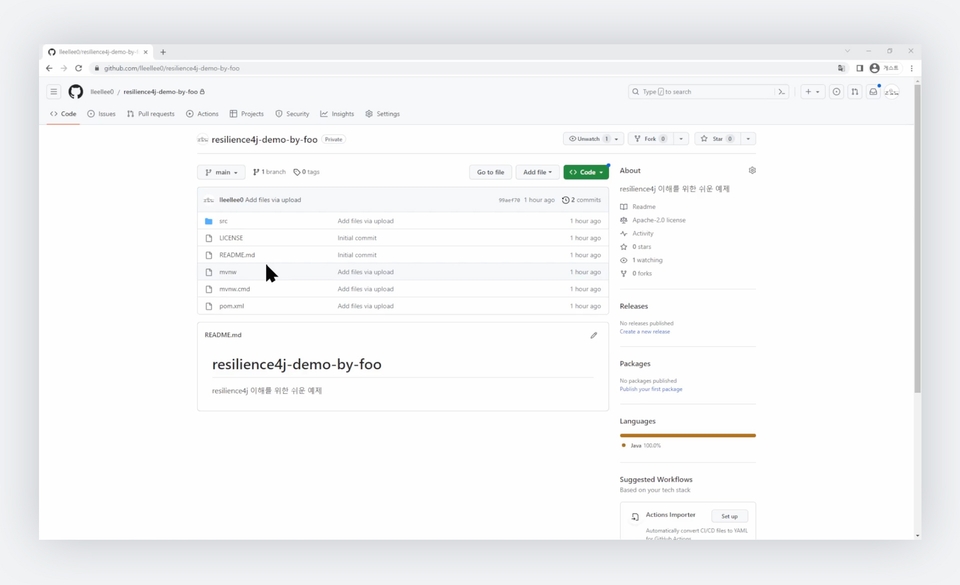
To help you get familiar with the library called Resilience4j, we've started with a much simpler approach to Retry and gradually moved on to CircuitBreaker.
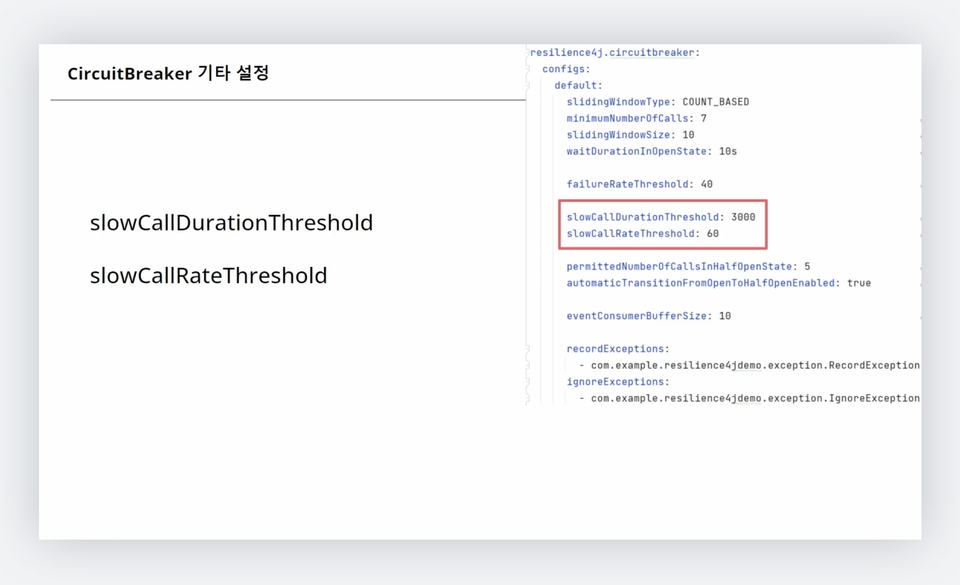
The official Resilience4j documentation and demo projects are quite unfriendly, making them difficult to apply to my own projects. This lecture summarizes the core content so you can immediately apply circuit breakers to your services.
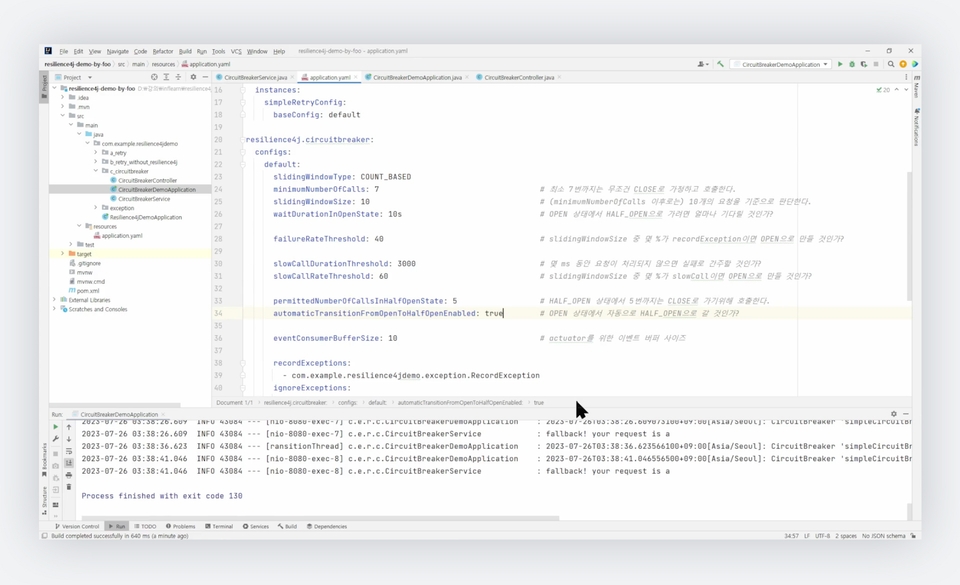
Theory 6: Practice 4 focuses on practical application of circuit breakers. Anyone with experience building a few web applications will find the learning process easy.
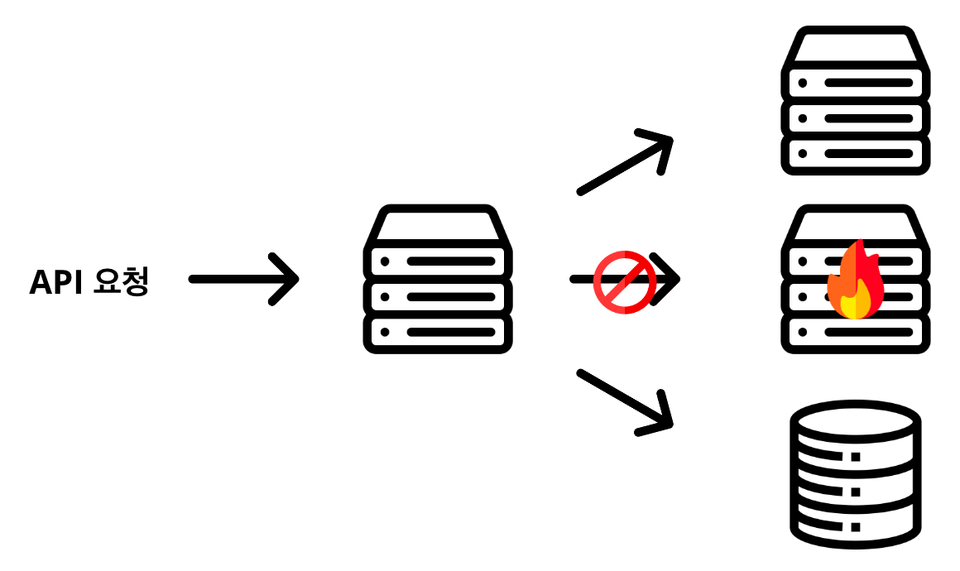
When operating a service, issues arise with internally called services or elements like databases, or they become temporarily unavailable due to excessive load. As a backend developer, you want to prevent failures in these specific services from leading to the failure of the entire service. Circuit breakers can address these issues.
When traffic becomes a problem in service operations, it's when a burst of traffic occurs in a short period of time. This can be due to an event, or it can be caused by an attack. These surges often cause services to crash. However, setting up infrastructure to accommodate these peaks would incur unnecessary costs during normal times.

However, even with this kind of traffic, utilizing circuit breakers can minimize resource usage while still ensuring the service doesn't crash, giving developers time to respond. It can also prevent traffic-induced issues from spreading throughout the service.
Circuit breakers control traffic by switching between these three states. I've provided explanations for each of these three states—CLOSE, OPEN, and HALF_OPEN—but you might still be confused. After watching the lecture, you'll understand what each state means and how circuit breakers switch between these three states to ensure stable service operation.

This article provides a conceptual explanation of circuit breakers and explains the configuration options available. Learn about the circuit breaker configuration options available through Resilience4j and find the right one for your service. The figure below illustrates the "sliding window," a key concept in circuit breakers.

Hello, my name is Foo and I teach and mentor.
About two years ago, I happened to use Resilience4j. At the time, I tried to implement circuit breakers using Resilience4j. The concept of circuit breakers was new to me, and the official documentation and demo projects were not very user-friendly, so I had a hard time implementing them in my project. I created this course with the hope that others wouldn't experience the same difficulties I experienced back then. I hope it will help many people adopt Resilience4j. 😄

Q. Why should I know about Resilience4j and circuit breakers?
The reason you need to understand Resilience4j and circuit breakers is because they play a crucial role in ensuring system stability and availability. Many applications currently in service require integration with various external services, and failures or delays in these external services can degrade the overall system performance. Resilience4j and circuit breakers help make applications robust and recover from failures.
Q. To what extent does Resilience4j and circuit breakers cover this topic?
This lecture covers how to quickly implement circuit breakers using a library called Resilience4j. It covers the concept of circuit breakers, how to add dependencies and apply them to your code, and how to effectively use them in certain situations. It also covers key circuit breaker settings for effective use and how to control circuit breakers using Actuators.
Q. What level of learner is suitable for this course?
This course begins with the fundamental concepts of Resilience4j and circuit breakers. Therefore, it's suitable for beginners with programming experience or backend development knowledge but no prior knowledge of Resilience4j. It's also suitable for those who have a basic understanding of circuit breakers but want to quickly apply them to their own services.
💾 Please check before taking the class
Who is this course right for?
For those who want to implement a stable service that users do not feel any disruption even when some services fail.
I've heard that applying CircuitBreaker would be a good idea, but I don't know where to start.
5,843
Learners
275
Reviews
116
Answers
4.9
Rating
9
Courses
안녕하세요.
멘토링을 하면서 주니어 개발자들이 어려워 하는 개념들에 대해 어떻게 하면 쉽게 전달할 수 있을지에 대해서 많은 고민을 하고 있는 푸(Foo)라고 합니다.
잘 부탁 드리겠습니다.
이력
2019. 08 ~ 현재 : 카카오 자바 백엔드 개발자
2021. 08 ~ 현재 : programmers 백엔드 데브코스 멘토
2021. 12 ~ 현재 : F-Lab 자바 백엔드 멘토
책
이것이 취업을 위한 백엔드 개발이다 with 자바(링크)
기타 이력 및 타 플랫폼 강의들은 아래 GitHub 링크에서 확인할 수 있습니다.
GitHub - https://github.com/lleellee0
All
19 lectures ∙ (2hr 36min)
All
31 reviews
4.9
31 reviews
Reviews 1
∙
Average Rating 5.0
5
- It's too bad that the maximum number of stars I can give is 5. - The structure of the sentences the instructor speaks is mostly perfect. After listening to many lectures, I've found that there are many lectures where the sentence structure of subject, verb, object, etc. is messy, so additional energy is needed to understand the sentences being explained. However, this lecture is easy to understand right away. - The explanations are short, concise, and plain, so it's easy to listen to and understand. - A student-friendly lecture. The lecture predicts and mentions parts that students might get confused about while learning. It has the effect of preemptively pointing out parts that need to be understood more carefully. Ex) Emphasizes that the concept of OPEN in circuit breaker is used in a negative sense, not a positive one. *Overall* I hope Foo's new lecture comes out soon.
Thank you for your detailed compliments, Mr. Kim Chan. I'm touched. ㅎㅎㅎㅎ Thank you for leaving a lot of good feedback on the positive side. It was a great help~ Thank you so much for taking the class, and I hope the lecture content was helpful to Mr. Kim Chan! The lecture will be uploaded as a performance test lecture in December. Please take this lecture or other lectures and give me positive feedback, and tell me what you think could be improved. I will reflect it in the lecture. (_ _) And if there are any parts that you think need additional explanation, please tell me! I will come back with good lectures in the future. Thank you.
Reviews 59
∙
Average Rating 5.0
5
Punim I started from 101 and followed Programmers Now I'm at Inflearn and I'm listening to the lectures well Please make many more great lectures in the future~!! Stay healthy Thank you
Thank you for leaving a review, Boki. You've listened to many of my previous lectures. As you said, I'll take care of my health and make more helpful lectures!
Reviews 4
∙
Average Rating 5.0
5
I happened to learn about resilience4j. Thanks to this, I learned about resilience. The difficulty level is intermediate or higher, but since it explains the basic concepts, I thought it was not difficult at all and I could apply it right away. I am still a job seeker, but I think it will help me in my future career~ I listened well!
Thank you, yosongsong, for your valuable review. I know you must be having a hard time preparing for employment, but I hope you find success by doing your best! If you have any questions, please leave them later.
Reviews 2
∙
Average Rating 4.5
5
Hello, foo I need to apply circuit breakers in the project I'm currently working on, and at first, the team suggested introducing Hystrix. As shown in the lecture video, the project is only maintaining Hystrix, so I shared this with the team and was going to introduce Resilience4j, and a related lecture came out, so I took it right away! I took another lecture by foo before, and it was really helpful, and this one was also very helpful. I'm really grateful, and I hope you'll give me more great lectures in the future! Thank you!
Hello daonplace! I'm glad it was helpful for your work. Haha Thank you so much for taking my other lectures. (_ _) I will continue to work hard on making lectures!
Reviews 19
∙
Average Rating 4.4
Limited time deal ends in 3 days
$27,720.00
30%
$30.80
Check out other courses by the instructor!
Explore other courses in the same field!